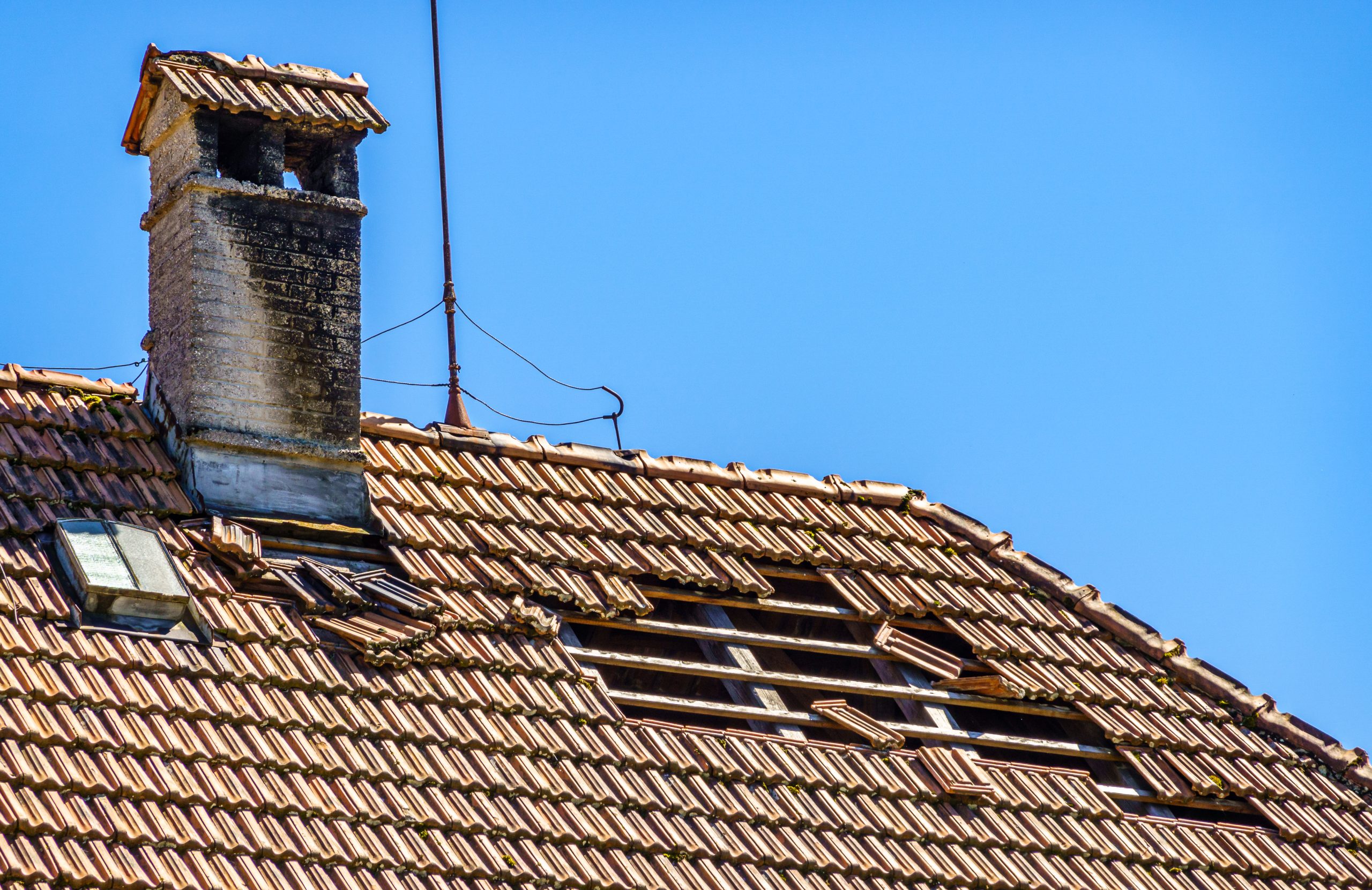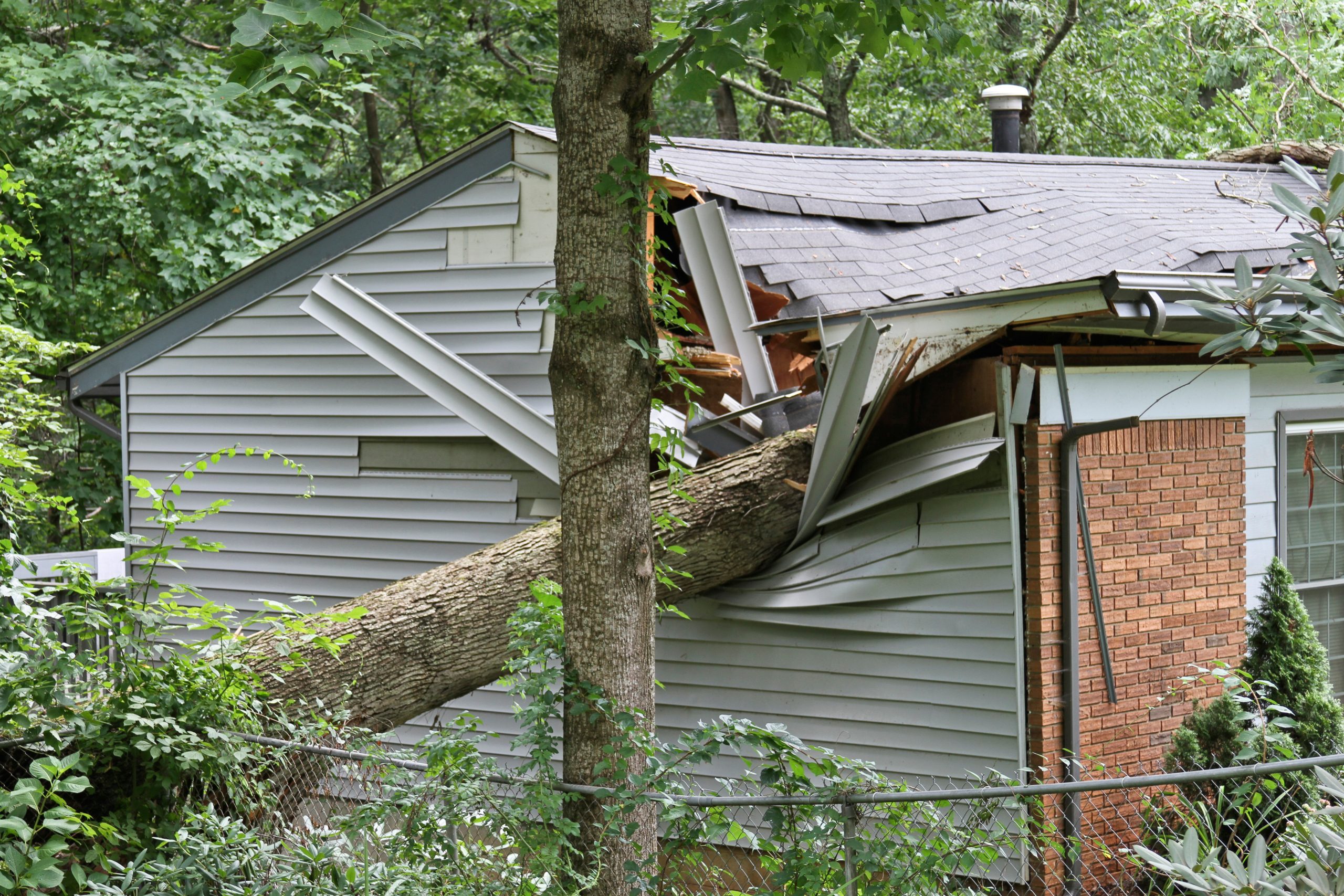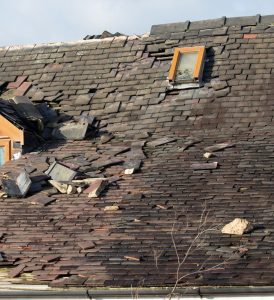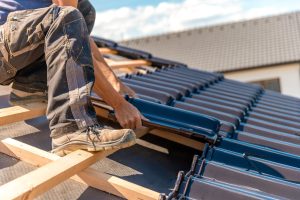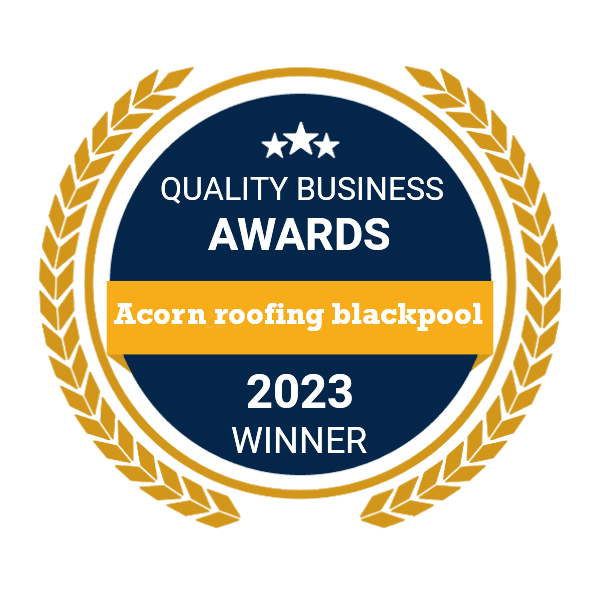Introduction
The roof of a home is one of its most important components. It provides protection from the elements, keeps the home warm or cool, and adds to its overall aesthetic. However, roofs can be susceptible to damage, which can have serious consequences for the home and its inhabitants. In this article, we will explore some of the most common causes of roof damage and discuss ways to prevent or mitigate them. Understanding the causes of roof damage can help homeowners take steps to protect their roofs and avoid costly repairs.
Importance of maintaining a well-functioning roof
Maintaining a well-functioning roof is crucial for the overall health and safety of a home. The roof provides protection from the elements, such as rain, snow, and wind, which can cause damage to the interior of the home and create a variety of problems. For example, a leaky roof can lead to water damage, mould growth, and other issues that can be costly to repair.
In addition to protecting the home from the elements, a well-functioning roof is also important for maintaining the home’s energy efficiency. A properly insulated and sealed roof can help to keep the home warm in the winter and cool in the summer, reducing the need for heating and cooling systems and lowering energy bills.
Overall, maintaining a well-functioning roof is essential for the health, safety, and efficiency of a home. By taking steps to prevent or address roof damage, homeowners can protect their homes and save money on costly repairs and energy bills.
Weather
Extreme weather conditions (e.g. heavy rain, snow, hail)
Another common cause of roof damage is the weather. Extreme weather conditions, such as heavy rain, snow, and hail, can put a lot of strain on a roof. This can lead to leaks and other types of damage, especially if the roof is not in good condition. In addition to extreme weather, long-term exposure to sunlight and heat can also damage a roof, causing it to deteriorate over time.
To prevent weather-related roof damage, it is important to ensure that the roof is in good condition and well-maintained. This can include regular inspections and repairs to address any potential problems before they become more serious. In addition, taking steps to protect the roof from extreme weather can help to prevent damage. This can include things like trimming tree branches that may rub against the roof or installing weatherproofing measures, such as a roof coating or shingles with a high wind rating.
Overall, the weather is a common cause of roof damage, but with the right precautions, it can be prevented or minimized. By taking steps to maintain the roof and protect it from the elements, homeowners can help to keep their roofs in good condition and avoid the need for costly repairs.
Long-term exposure to sunlight and heat
Long-term exposure to sunlight and heat can have damaging effects on a roof. Over time, the intense heat of the sun can cause the roofing materials to break down and deteriorate. This can lead to cracks, warping, and other types of damage that can weaken the roof and make it more susceptible to leaks and other problems.
In addition to damaging the roofing materials themselves, long-term exposure to sunlight and heat can also cause the roofing adhesive to break down. This can cause shingles to loosen or come off completely, leaving the roof vulnerable to water damage and other issues.
To prevent the damaging effects of sunlight and heat on a roof, it is important to take steps to protect the roof from the sun’s rays. This can include installing a reflective roof coating or using shingles that are designed to reflect sunlight. In addition, regular maintenance and inspections can help to identify and address any potential problems before they become more serious. Overall, taking steps to protect a roof from long-term exposure to sunlight and heat can help to extend its lifespan and avoid costly repairs.
Age
Deterioration of roofing materials over time
The deterioration of roofing materials over time is a common cause of roof damage. As a roof gets older, the materials that make up the roof can begin to break down and deteriorate. This can include things like the loss of granules on shingles, cracking or warping of tiles, or the corrosion of metal roofing.
The deterioration of roofing materials can be caused by a variety of factors, including exposure to the elements, such as sunlight, heat, and rain, as well as the effects of aging. In addition, certain types of roofing materials may be more prone to deterioration than others. For example, asphalt shingles have a lifespan of around 20-25 years, while metal roofing can last for 50 years or more.
To prevent the deterioration of roofing materials, it is important to choose high-quality materials and to properly install and maintain the roof. Regular inspections and maintenance can help to identify and address any potential problems before they become more serious. In addition, taking steps to protect the roof from the elements, such as installing a roof coating or trimming trees, can help to extend the lifespan of the roofing materials. Overall, by understanding the potential for roofing materials to deteriorate over time, homeowners can take steps to prevent or mitigate this type of roof damage.
Improper installation or maintenance of older roofs
Improper installation or maintenance of older roofs can lead to a variety of problems. If a roof is not installed correctly, it may not be able to properly protect the home from the elements, leading to leaks and other types of damage. In addition, if a roof is not maintained properly, it can become more susceptible to damage from the elements, as well as from other factors, such as pests or falling branches which will undoubtedly require a roofing professional to fix it.
Problems caused by improper installation or maintenance of older roofs can be costly to repair and can also lead to other issues. For example, a leaky roof can cause water damage to the interior of the home, leading to mould growth and other health hazards. In addition, a damaged roof can affect the overall aesthetic and value of the home.
To prevent problems caused by improper installation or maintenance of older roofs, it is important to choose a reputable contractor and to follow proper installation and maintenance guidelines. Regular inspections and maintenance can also help to identify and address any potential problems before they become more serious. Overall, taking steps to properly install and maintain an older roof can help to avoid costly repairs and protect the home from damage.
Other factors
Trees rubbing against or falling on the roof
Trees can cause damage to a roof if their branches rub against the roof or if a tree falls on the roof. This type of damage can be particularly severe if the tree is large or if the roof is already in poor condition.
The problems caused by trees rubbing or falling against the roof can be extensive. For example, branches rubbing against the roof can cause scratches and other types of damage to the roofing materials. In addition, if a branch falls on the roof, it can cause punctures or other types of damage. A fallen tree can also cause more serious problems, such as collapsing the roof or causing extensive damage to the home.
To prevent problems caused by trees rubbing or falling against the roof, it is important to take steps to protect the roof. This can include trimming tree branches that are near the roof and removing any dead or diseased trees that pose a threat to the roof. In addition, regular inspections and maintenance can help to identify and address any potential problems before they become more serious. Overall, by taking steps to protect the roof from trees, homeowners can avoid the costly and potentially dangerous problems that can be caused by trees rubbing or falling against the roof.
Pests building nests or burrowing into the roof
Pests, such as birds, squirrels, and raccoons, can cause damage to a roof by building nests or burrowing into the roof. This type of damage can be difficult to detect and can lead to more serious problems if it is not addressed promptly.
Problems caused by pests building nests or burrowing into the roof can include water damage, structural damage, and other issues. For example, birds building nests in the roof can cause blockages that prevent proper drainage, leading to standing water and leaks. In addition, pests burrowing into the roof can cause holes or other types of damage that can weaken the roof and make it more susceptible to leaks and other problems.
To prevent problems caused by pests building nests or burrowing into the roof, it is important to take steps to prevent pests from accessing the roof in the first place. This can include sealing any holes or gaps that pests may be able to use to access the roof and removing any food sources that may attract pests. In addition, regular inspections and maintenance can help to identify and address any potential problems before they become more serious. Overall, by taking steps to prevent pests from accessing the roof, homeowners can avoid the costly and potentially dangerous problems that can be caused by pests building nests or burrowing into the roof.
Conclusion
In conclusion, the most common causes of roof damage include weather, age, and improper installation or maintenance. To avoid roof damage, it is important to have a well-maintained and properly installed roof and to take steps to protect it from extreme weather conditions. Understanding the causes of roof damage and taking steps to prevent them can help homeowners protect their roofs and avoid costly repairs. By following proper installation and maintenance guidelines, homeowners can keep their roofs in good condition and prevent damage from weather, age, and other factors.



